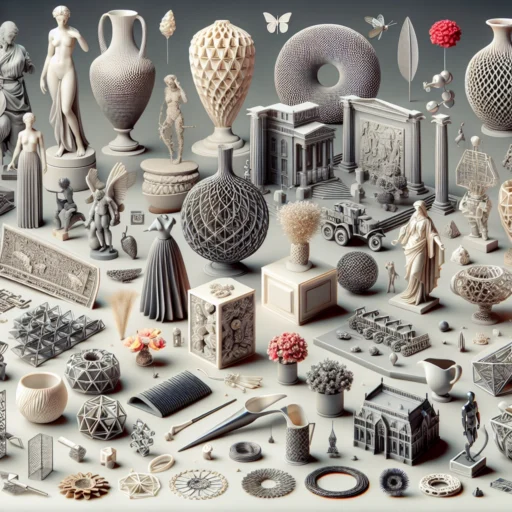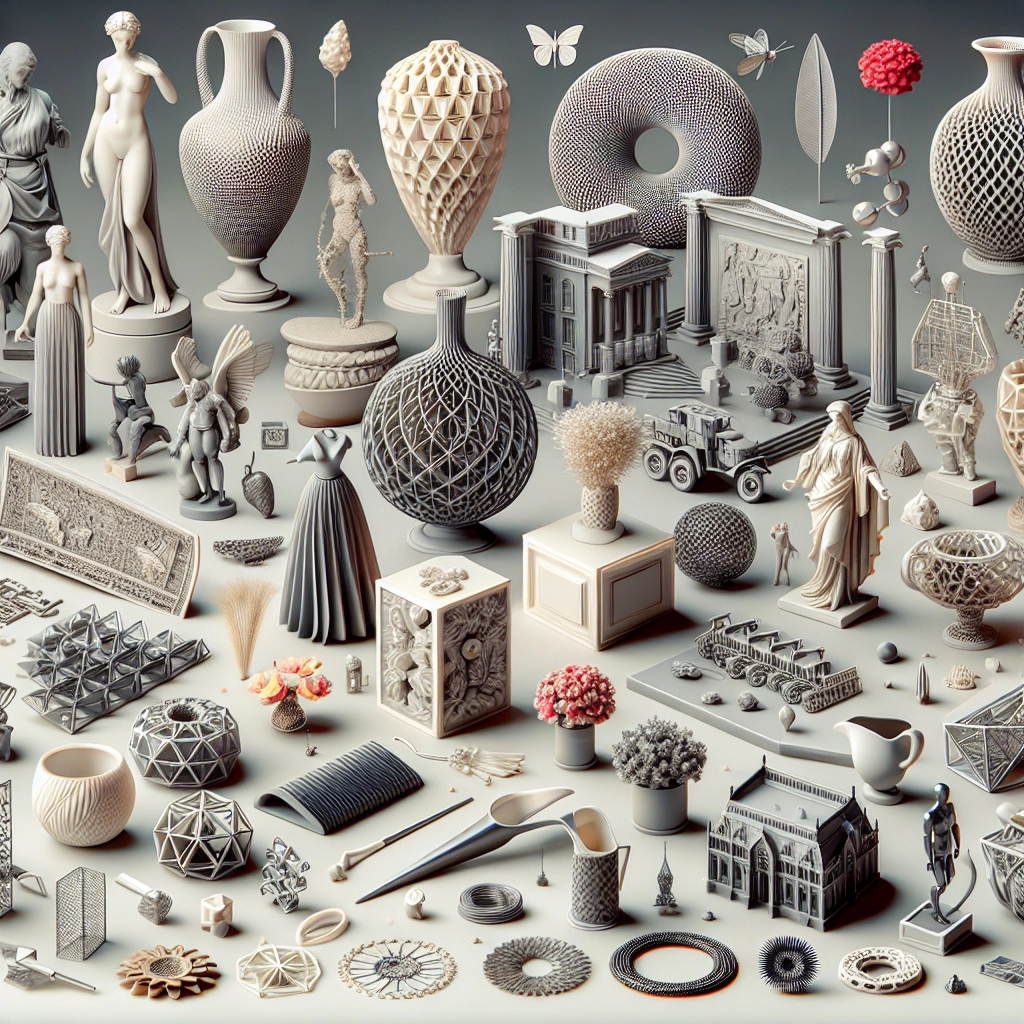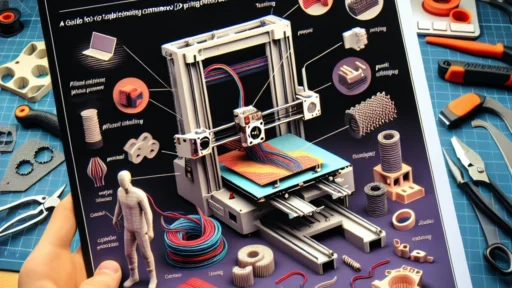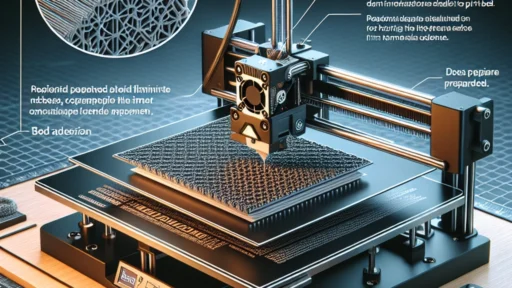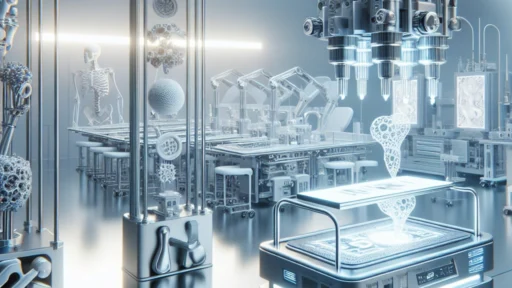The Versatility of 3D Printing in Art and Design
3D printing—once the stuff of science fiction—is now revolutionizing the world of art and design in ways we couldn’t have imagined just a decade ago. Artists and designers are soaring to new creative heights, transforming their ideas into tangible objects. With the technology becoming increasingly accessible, let’s explore how 3D printing is changing the game in the arts.
Freedom of Creativity
For artists, 3D printing offers previously unimaginable freedom. Gone are the days when sculptors were limited to materials like clay or stone. Now, they can experiment with complex shapes that are not only visually striking but also challenging to create by hand. This technology allows for intricate designs, making it possible to create detailed structures or patterns that would be near impossible to replicate using traditional methods.
Imagine an artist creating a sweeping, organic sculpture that twists and turns in space. With 3D printing, they can realize this vision without worrying about how to carve each delicate curve by hand. The artist can focus more on the concept and less on the labor-intensive aspects of the process.
Customization Galore
In the realm of design, customization has never been easier. With just a few clicks, a designer can create unique pieces tailored exactly to a customer’s preferences. Whether it’s a one-of-a-kind piece of jewelry, furniture, or even architectural elements, 3D printing allows for items to be adjusted in real-time based on feedback. This level of personalization is winning over consumers who crave unique products that reflect their individual tastes.
For instance, think about personalized home decor items, such as vases designed specifically to match the color scheme of a room. Designers can cater to specific requests, delivering pieces that resonate deeply with the buyer—a trend that’s increasingly popular in a world driven by mass production.
Collaborative Opportunities
Another exciting aspect of 3D printing in art and design is the potential for collaboration. Artists, engineers, and designers can come together to create hybrid works that blend different disciplines, all thanks to 3D printing technology. Think about a fashion designer working alongside an industrial designer to create wearable art: a stunning dress featuring integrated lighting, made possible by both artistic vision and engineering prowess.
These collaborations often lead to innovative solutions and striking outcomes, pushing the boundaries of art and design. Plus, with the global accessibility of digital files, artists and designers can collaborate with peers across the world, sharing ideas and techniques in ways that were unimaginable before.
Education and Accessibility
The rise of 3D printing in art and design is also making these fields more accessible to students and aspiring artists. Schools and universities are integrating 3D printing into their curriculums, allowing students to bring their ideas to life without needing expensive materials or elaborate studios. This means that more people can express themselves creatively, regardless of their background.
Moreover, tutorials and online courses are readily available, enabling anyone with an interest to dive into 3D modeling and printing. This democratization of art and design education invites fresh voices and diverse ideas into the conversation.
Sustainability in Art and Design
As we become more aware of environmental issues, 3D printing is presenting new avenues for sustainability in art and design. The ability to create products on-demand means that designers can significantly reduce waste. Instead of mass-producing items that may never sell, creators can print only what is needed.
Additionally, materials used in 3D printing are evolving. Artists are now experimenting with biodegradable materials, recycled plastics, and even sustainable composites to produce artworks that resonate with eco-conscious consumers. This not only reduces environmental impact but also inspires a new wave of artistic expression focused on sustainability.
In navigating this vibrant world of opportunities, one thing is clear: the versatility of 3D printing is unlocking new realms for artists and designers. As technology evolves and becomes even more integrated into our creative processes, we can anticipate breathtaking innovations and transformations. Whether you’re an artist, a designer, or simply an admirer of creative expressions, it’s thrilling to witness the endless possibilities that 3D printing brings to the canvas of our world.


